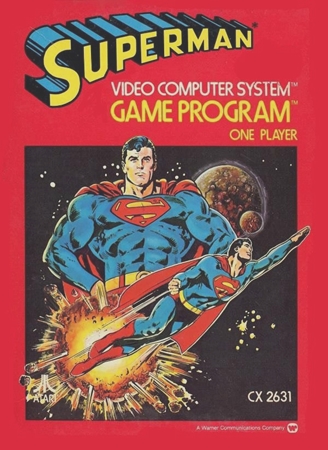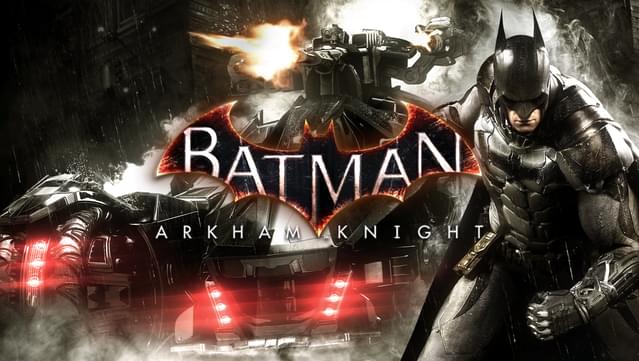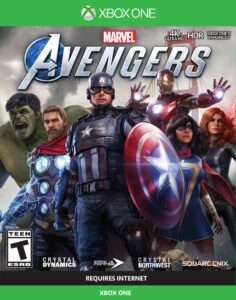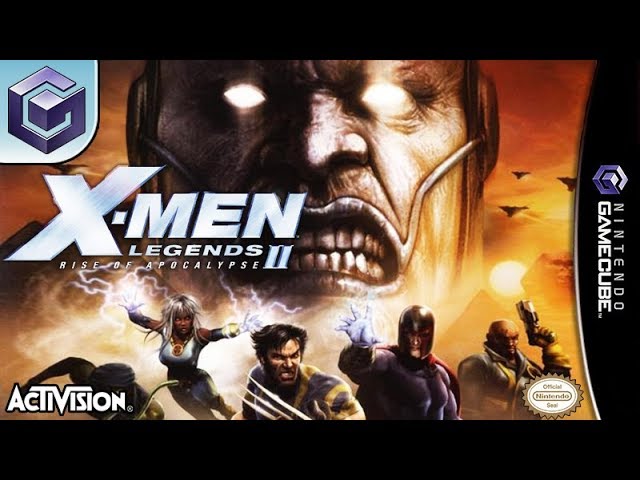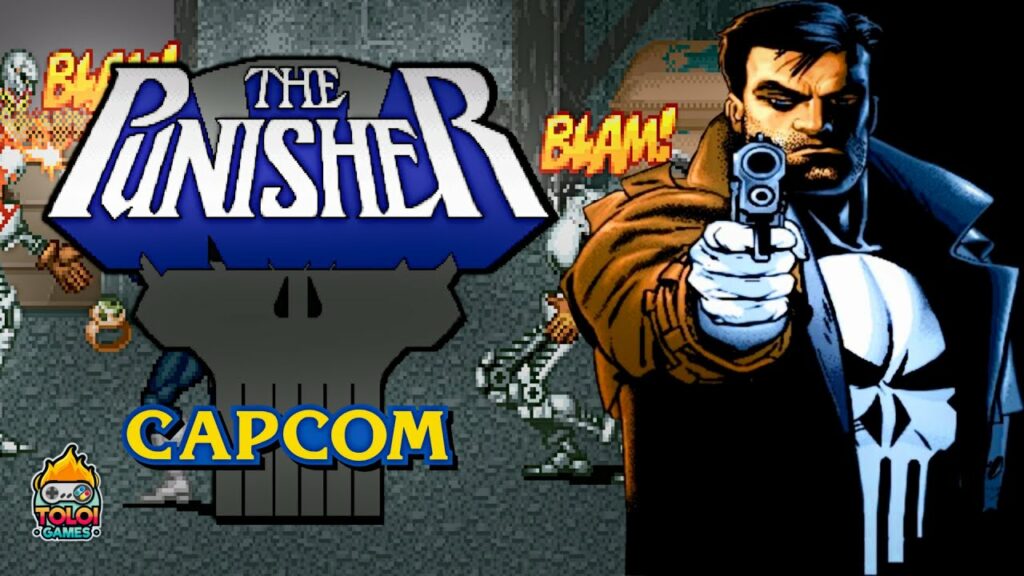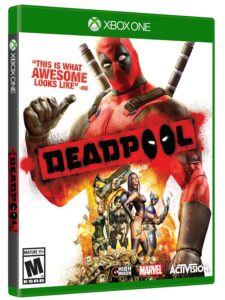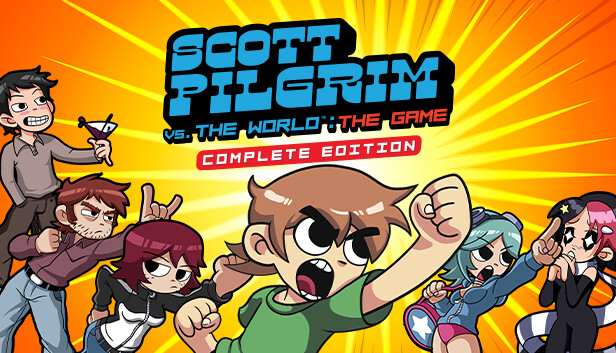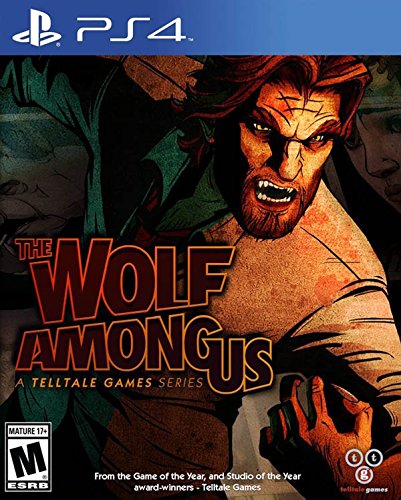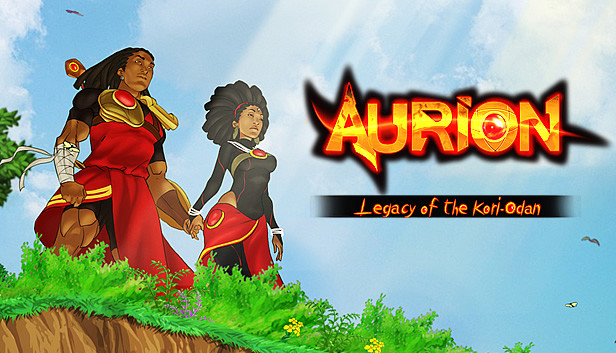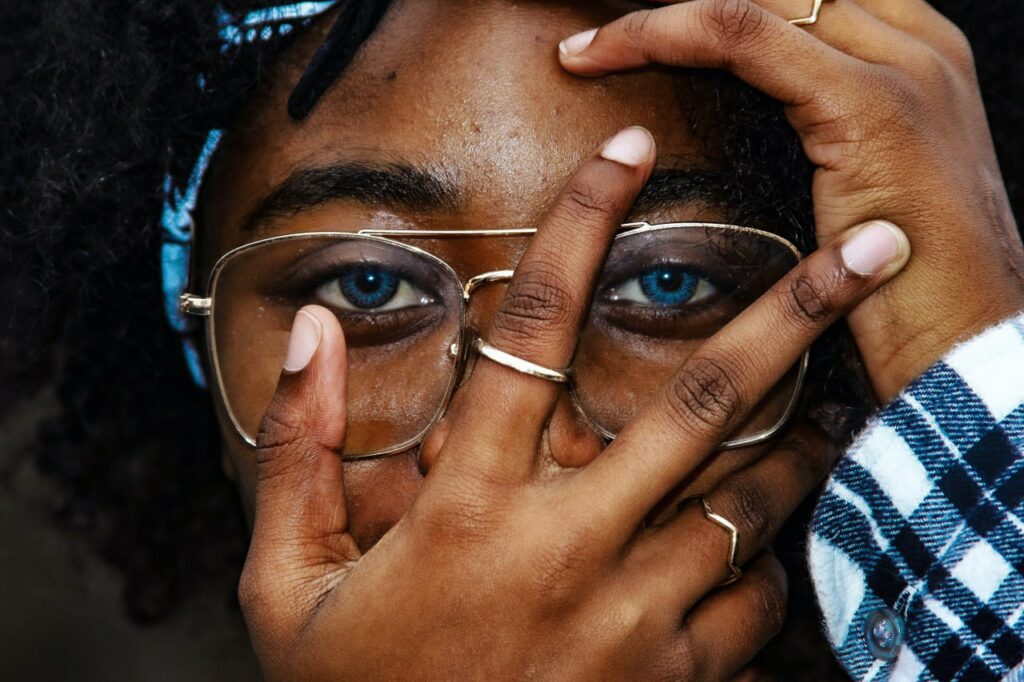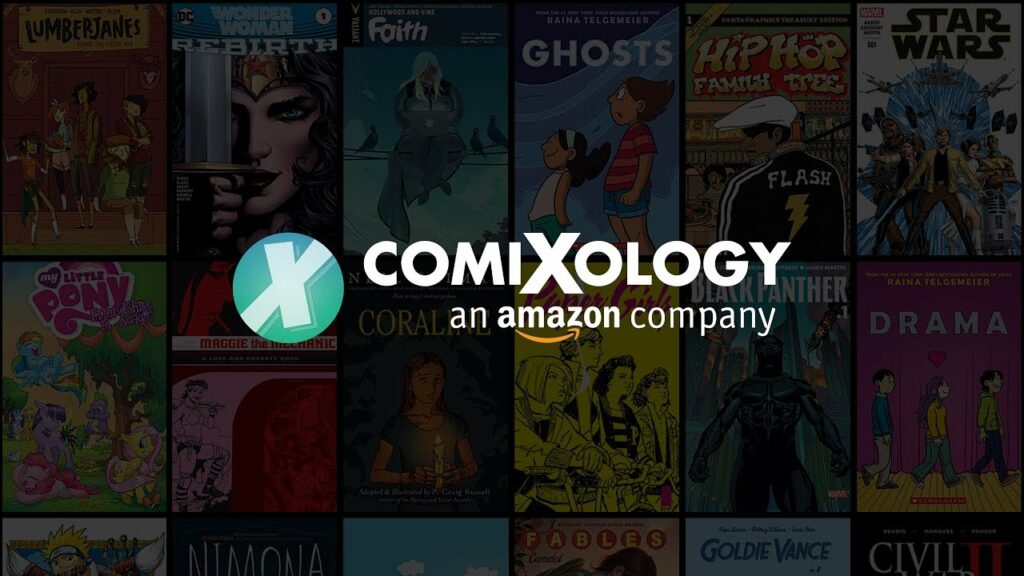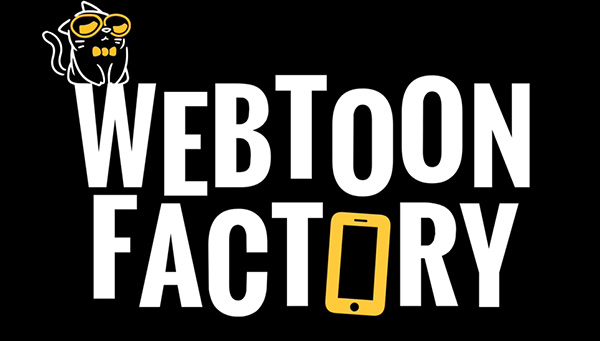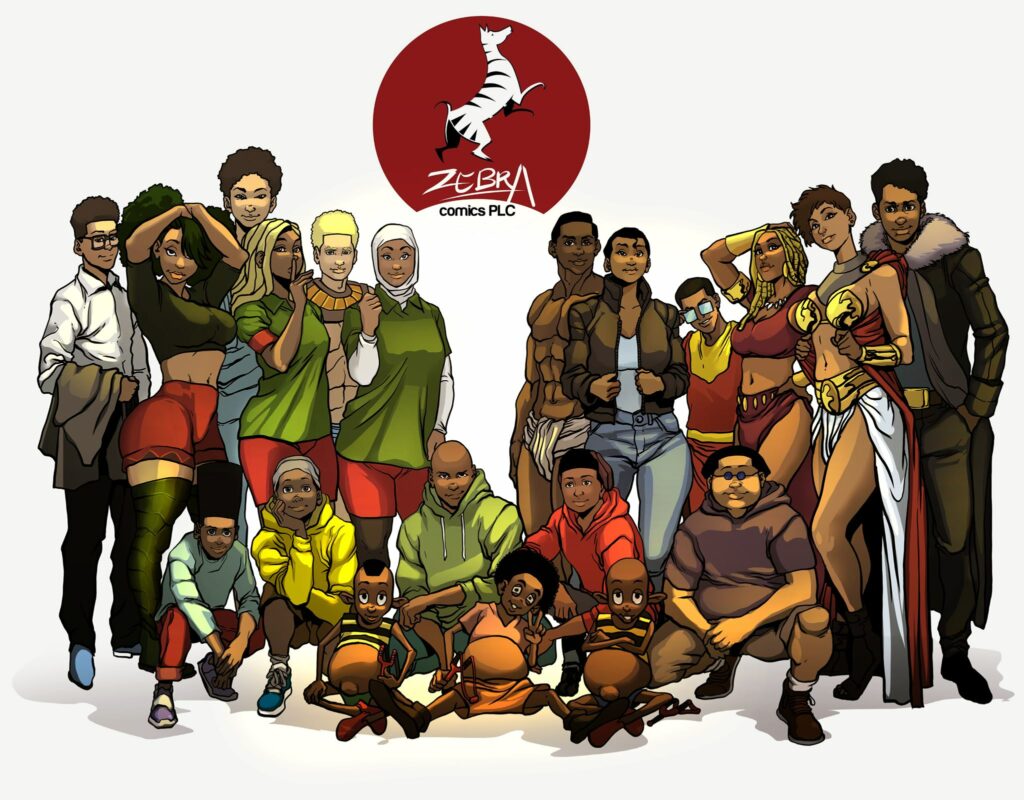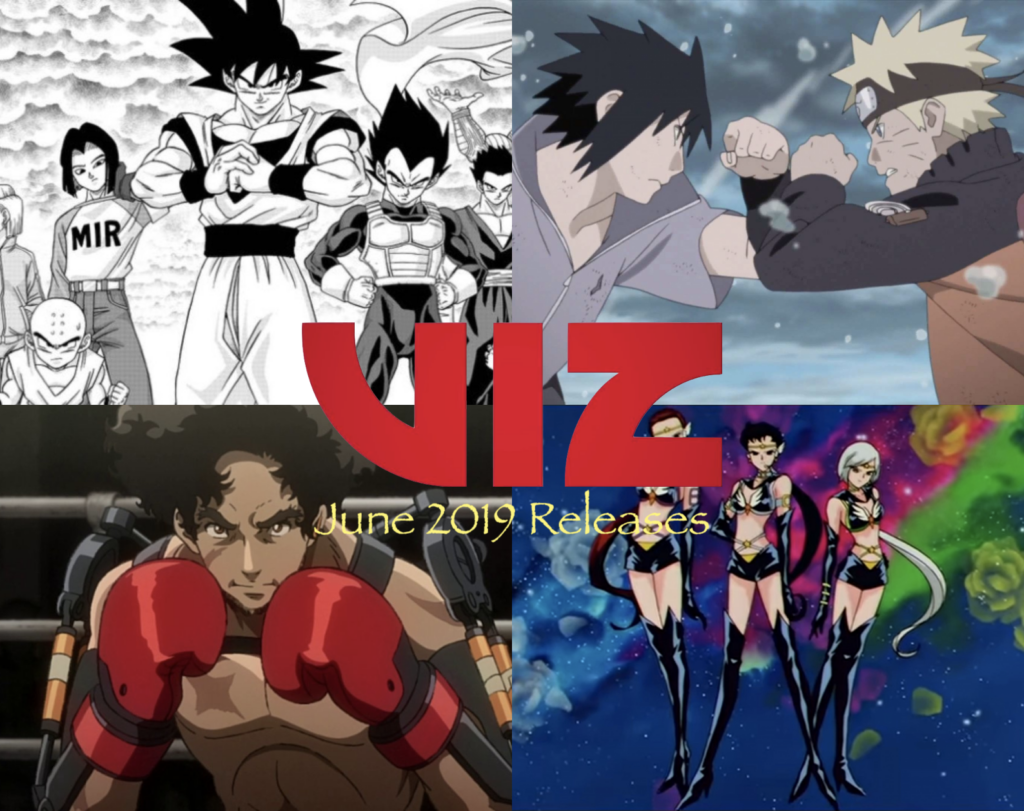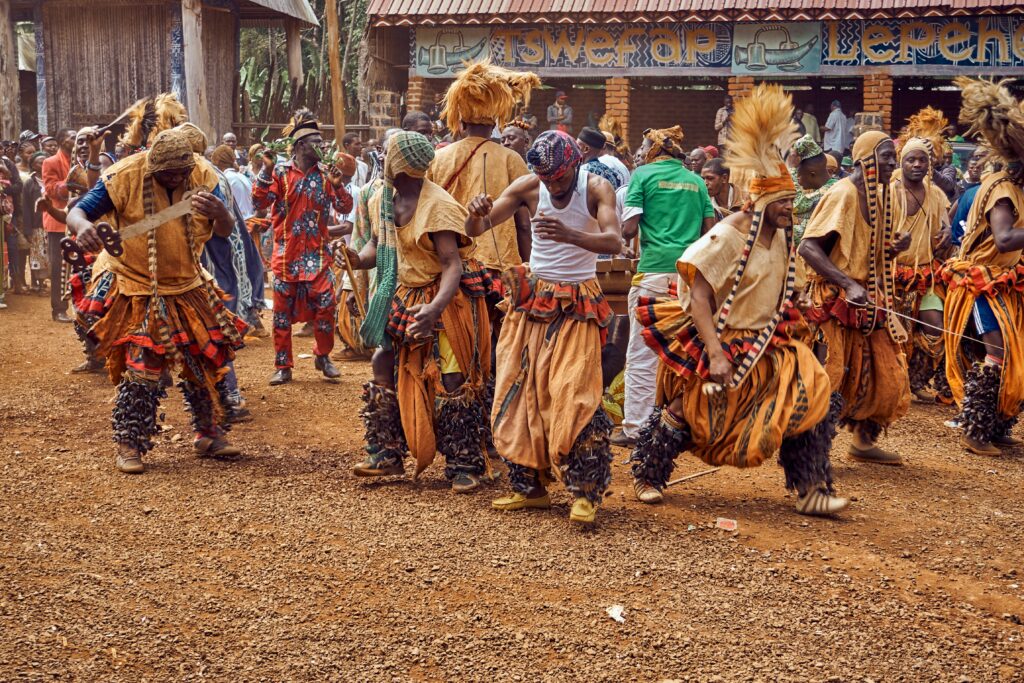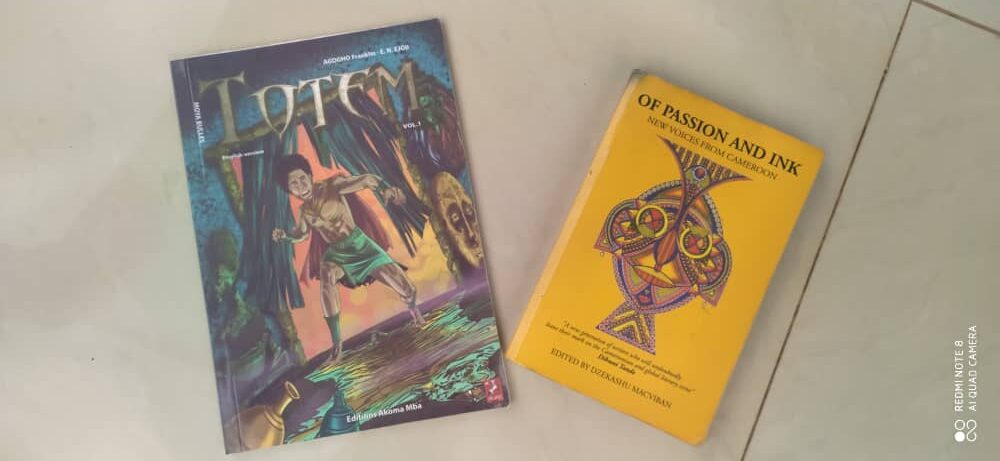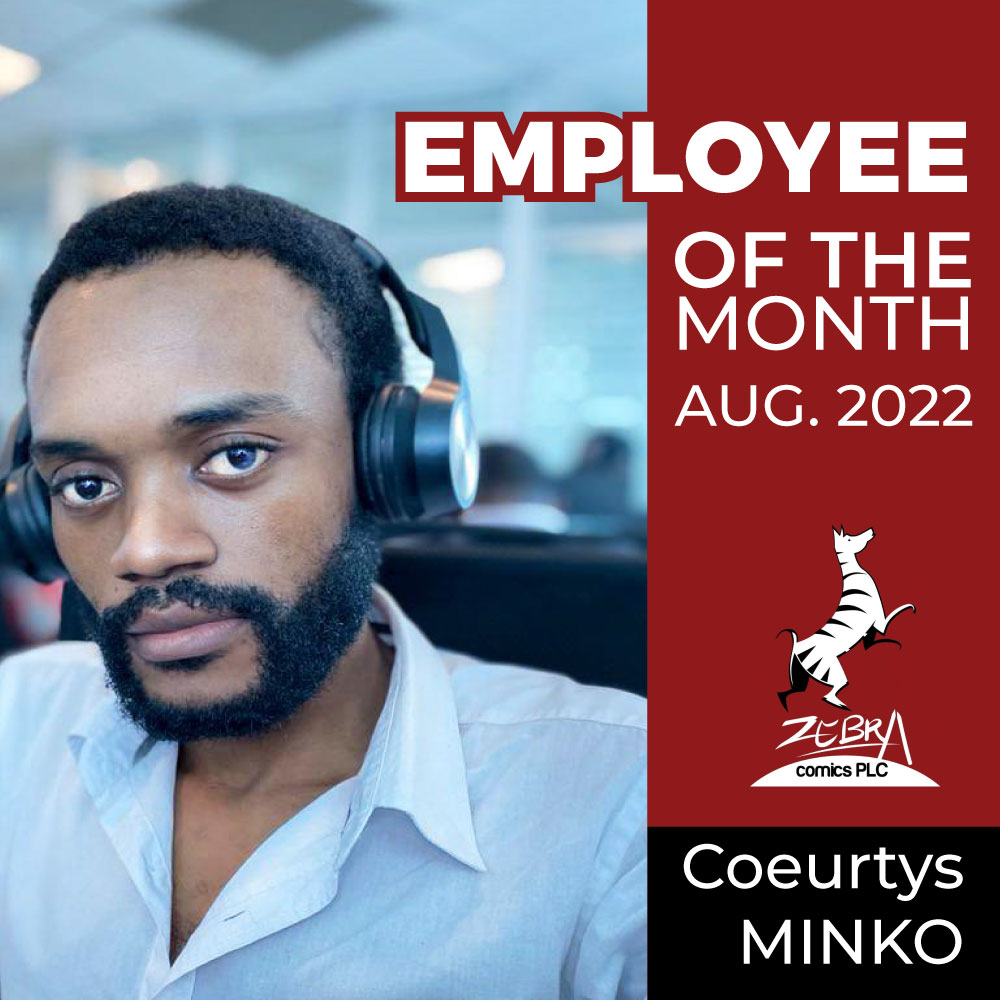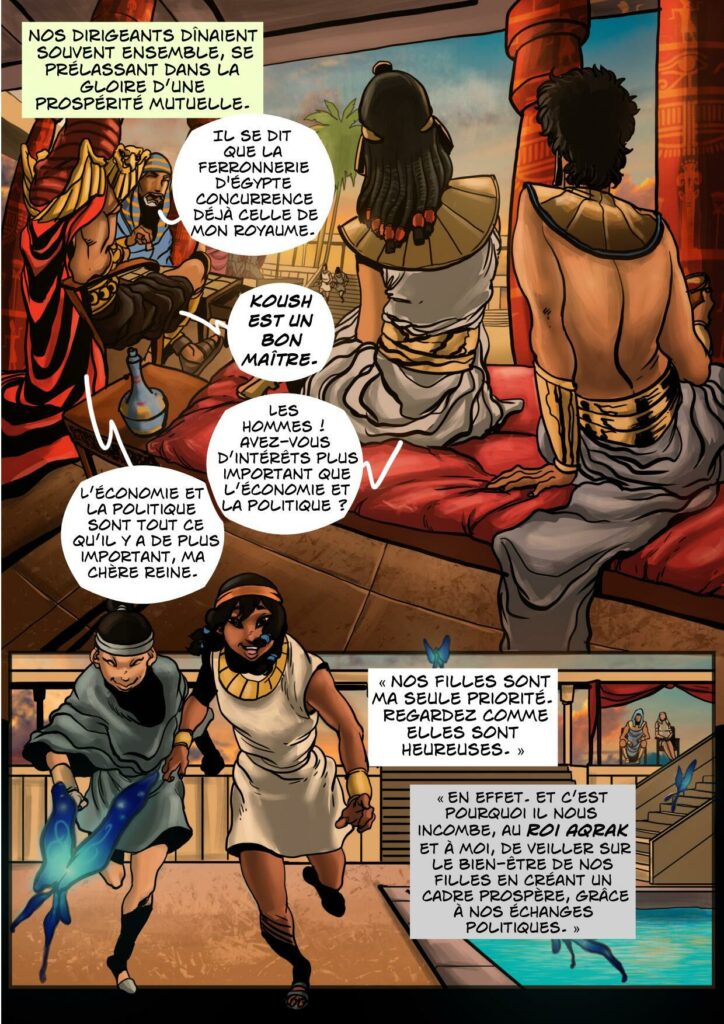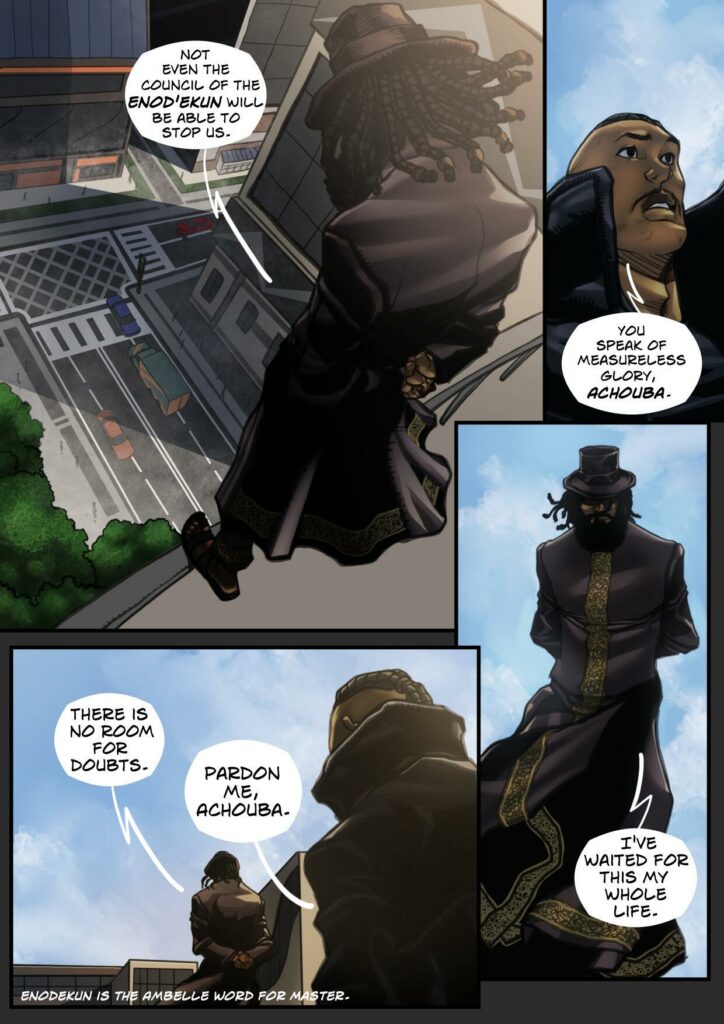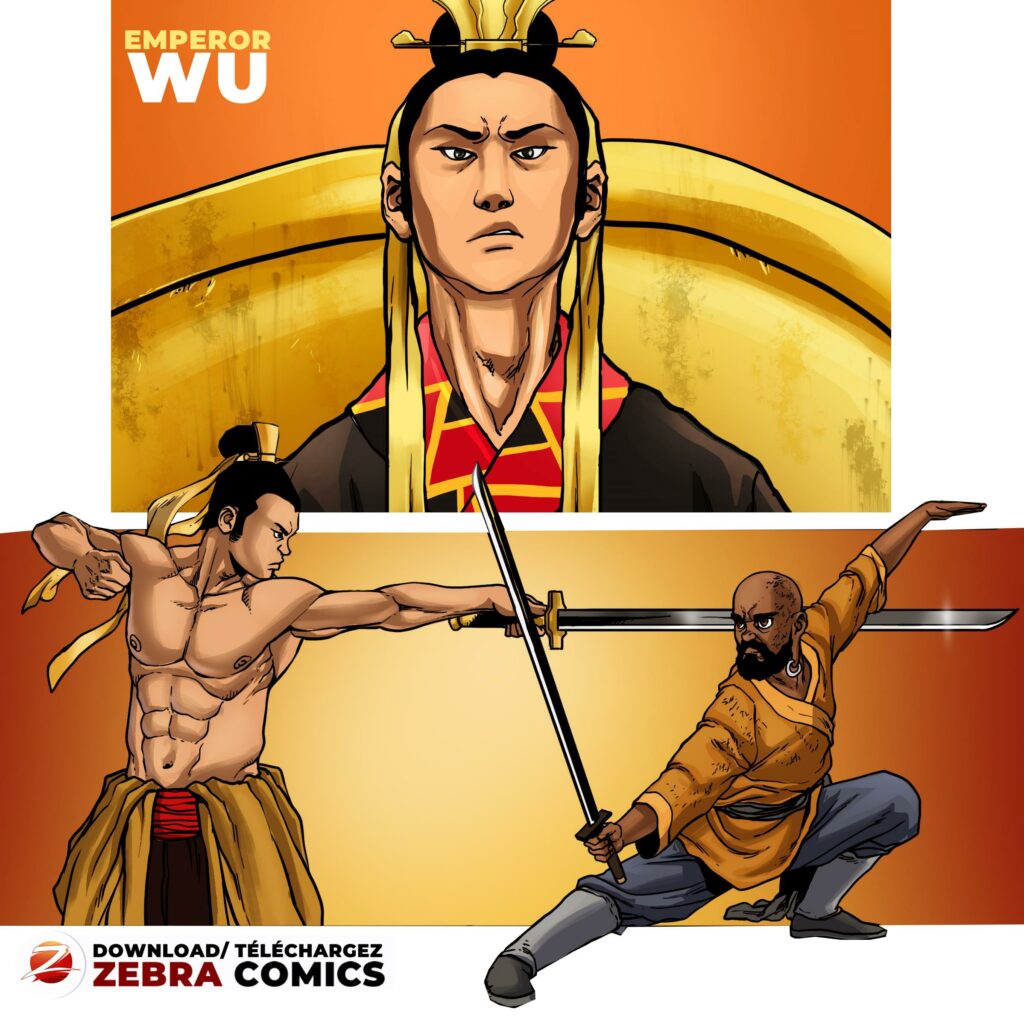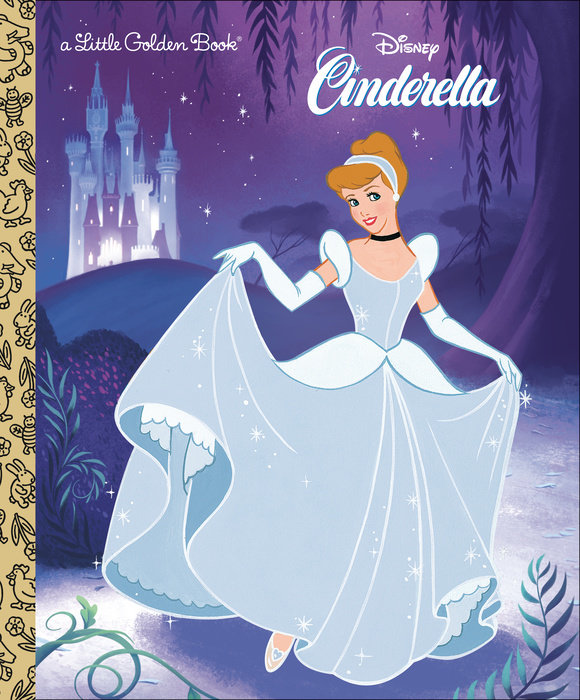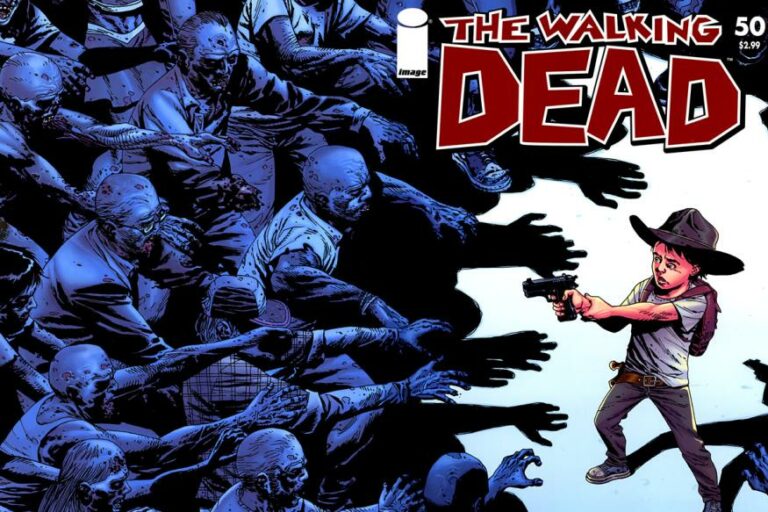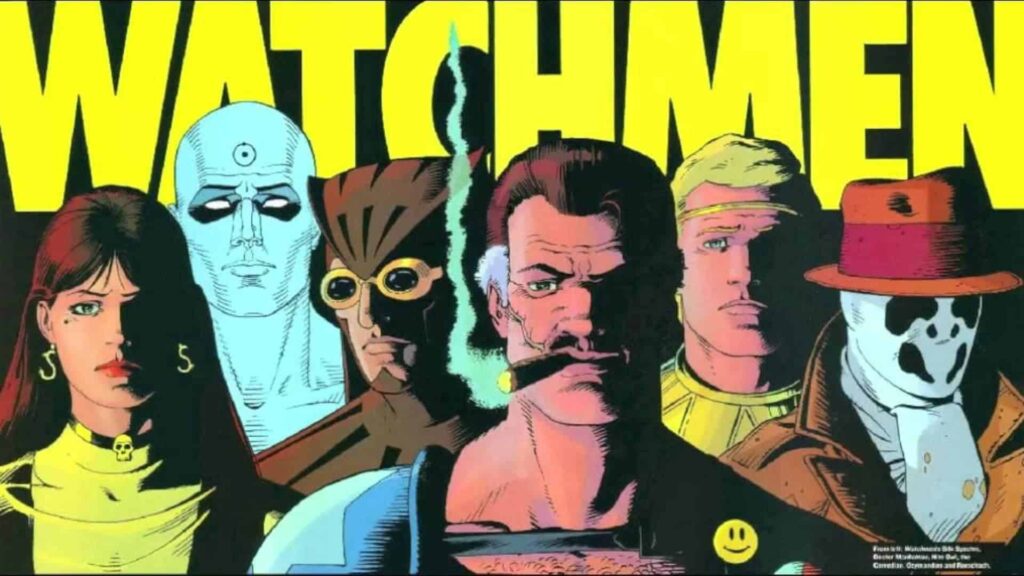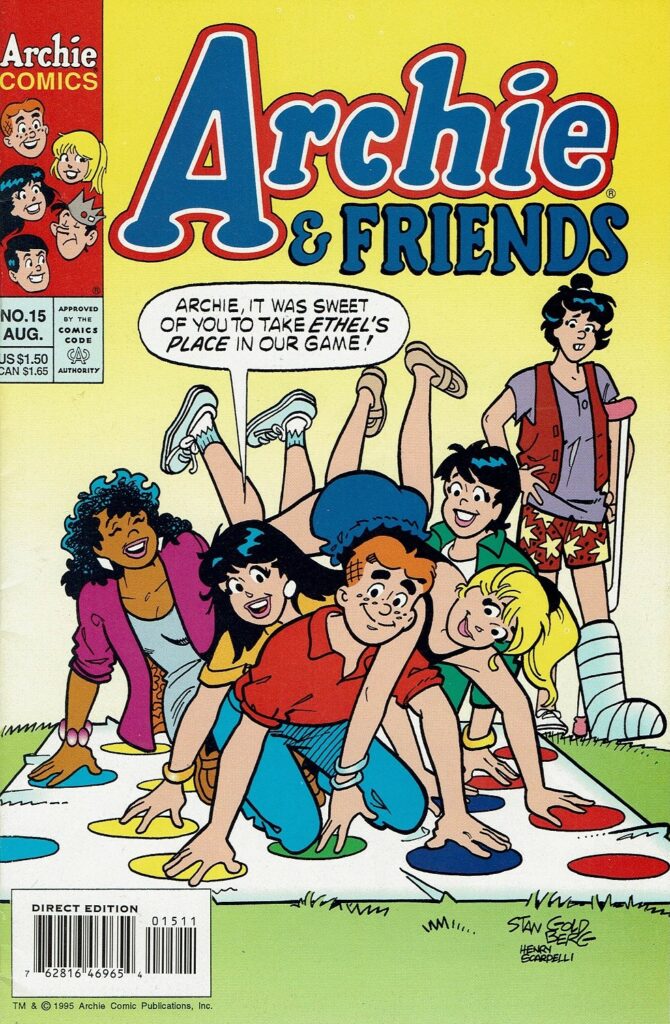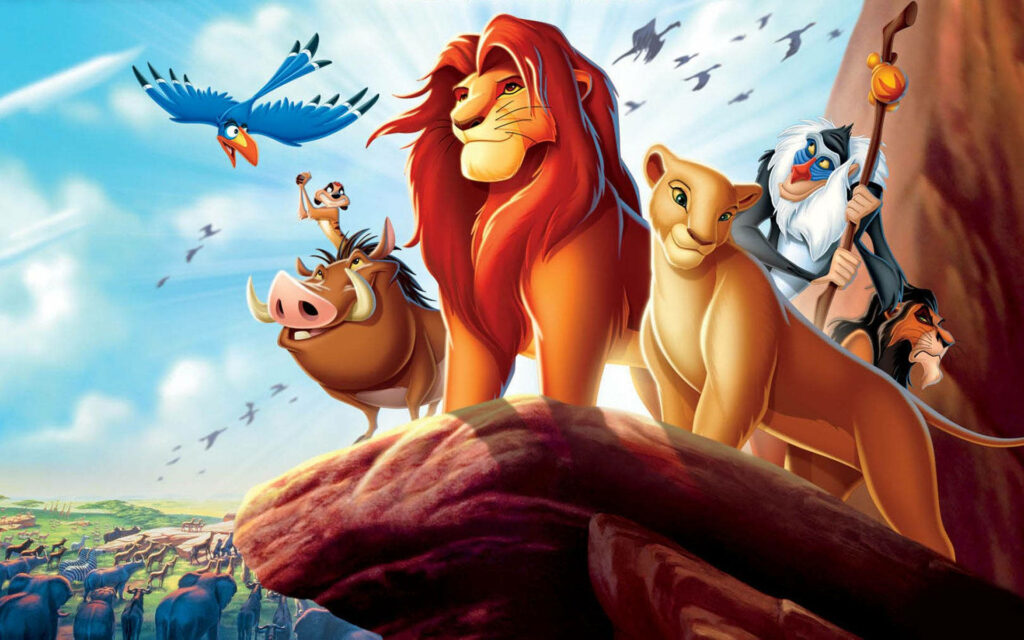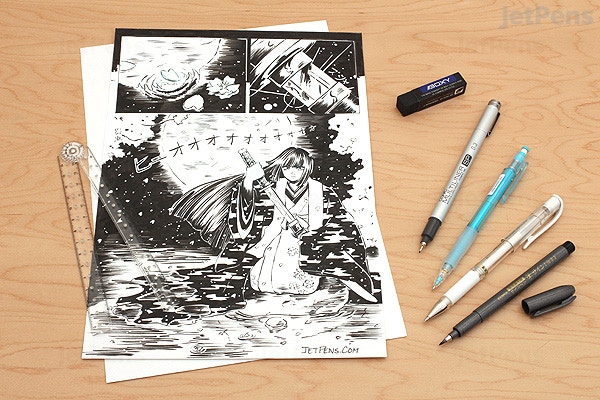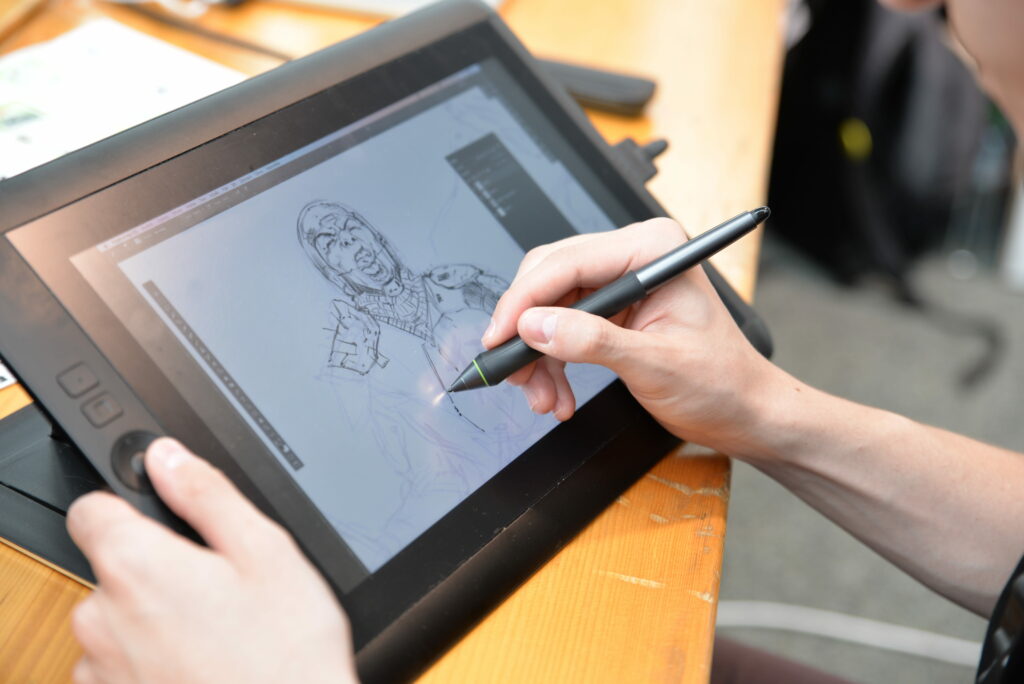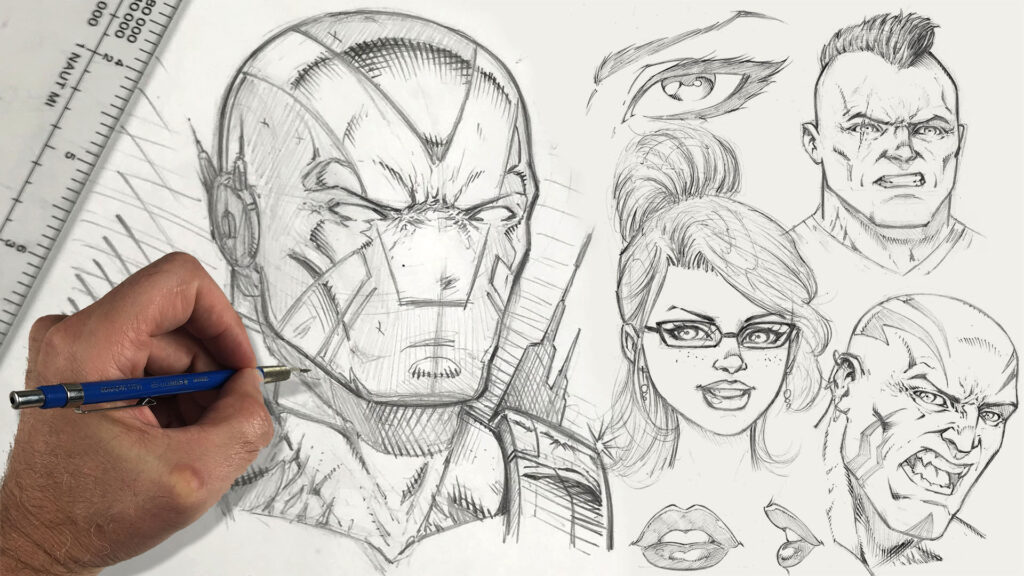In today’s fast-paced world, there’s no denying that technology has made our lives easier and more convenient. One of the areas that have been significantly impacted is reading. Gone are the days of carrying around heavy books and magazines when you can have a whole library at your fingertips. For comic book and webtoon enthusiasts, digital devices offer an ultimate reading experience that is both immersive and enjoyable. With the ability to zoom in and out, flip through pages seamlessly, and adjust brightness and contrast, digital devices allow readers to experience their favorite stories in a whole new way. In this article, we’ll explore the tips and tricks to unleash the ultimate reading experience for comics and webtoons on digital devices. Whether you’re a die-hard fan or a casual reader, you’re sure to find something that will enhance your reading experience. So, let’s dive in!
Benefits of reading comics and webtoons digitally
Reading comics and webtoons digitally has several benefits over traditional print media. One of the most significant advantages is the convenience of having your favorite stories available at your fingertips. With a digital device, you can carry around an entire library of comics and webtoons without the added weight and bulk of physical books.

Another advantage is the ability to read comics and webtoons in low light conditions. Traditional print media requires adequate lighting, which can be a challenge when reading in bed or on a long flight. With a digital device, you can adjust the brightness and contrast to suit your reading environment, making it easier to read in low light conditions.
Digital devices also offer a more immersive reading experience. With the ability to zoom in and out, you can get a closer look at the artwork and details that might be missed in traditional print media. Additionally, digital devices allow you to flip through pages seamlessly, making it easier to follow the story and keep track of where you left off.
Popular digital devices for reading comics and webtoons
When it comes to reading comics and webtoons on digital devices, there are several options to choose from. Some of the most popular devices include tablets, e-readers, and smartphones.
Tablets are a popular choice for reading comics and webtoons because of their larger screen size and high-resolution displays. With a tablet, you can enjoy your favorite stories in full color and high definition, making it easier to appreciate the artwork and details. Some great recommendations include Samsung Tablet A, Fire HD 10 Plus, iPad Pro 11-inch, HYjoy Android Tablet, Samsung Galaxy Note Pro 12.2 and Samsung Galaxy Tab S7.

E-readers are another option for reading comics and webtoons. While they don’t offer full-color displays like tablets, they do have several advantages. E-readers typically have longer battery life than tablets and are easier on the eyes, making them ideal for extended reading sessions. Some great E-readers include Kobo Forma, Kindle Oasis, Barnes & Noble Nook Glowlight 4, PocketBook Inkpad, Onyx Boox Nova Air, Boyue Likebook Ares and Meebook eReader P78 Pro
Smartphones are another popular choice for reading comics and webtoons. While the smaller screen size can be a challenge, smartphones are incredibly convenient and always available. With the ability to adjust the font size and zoom in and out, smartphones are a great option for reading on the go. Whether you are using an android or iOS device, or anything in between, you can enjoy digital comics on basically any recently released smartphone.
Tips for choosing the best digital device for your reading needs
When choosing a digital device for reading comics and webtoons, there are several factors to consider. One of the most important factors is screen size. While larger screens offer a more immersive reading experience, they can be heavier and bulkier, making them less portable. Smaller screens, while more portable, can be more difficult to read, especially for readers with vision problems.

Another factor to consider is the type of display. Full-color displays are ideal for comics and webtoons with intricate artwork and details. E-ink displays are better for long reading sessions and are easier on the eyes, but they don’t offer the same level of detail as full-color displays.
Battery life is another important consideration, especially for readers who enjoy longer reading sessions. Tablets and e-readers typically have longer battery life than smartphones, making them ideal for extended reading sessions.
Finally, consider the overall user experience. Look for devices with intuitive interfaces and easy-to-use controls. Consider the weight and portability of the device, as well as any additional features such as built-in lighting.
Conclusion
Reading comics and webtoons on digital devices offers an immersive and enjoyable reading experience that is hard to beat. With the ability to customize your reading experience and enjoy your favorite stories on the go, it’s no wonder that digital devices are becoming increasingly popular among comic book and webtoon enthusiasts.
When choosing a digital device for reading comics and webtoons, consider factors such as screen size, display type, battery life, and user experience. Look for devices with adjustable brightness and contrast, font size, and zooming features to enhance your reading experience.
Whether you’re a die-hard fan or a casual reader, digital devices offer an ultimate reading experience that is sure to keep you engaged and entertained. So why not give it a try and see for yourself how digital devices can enhance your reading experience?


